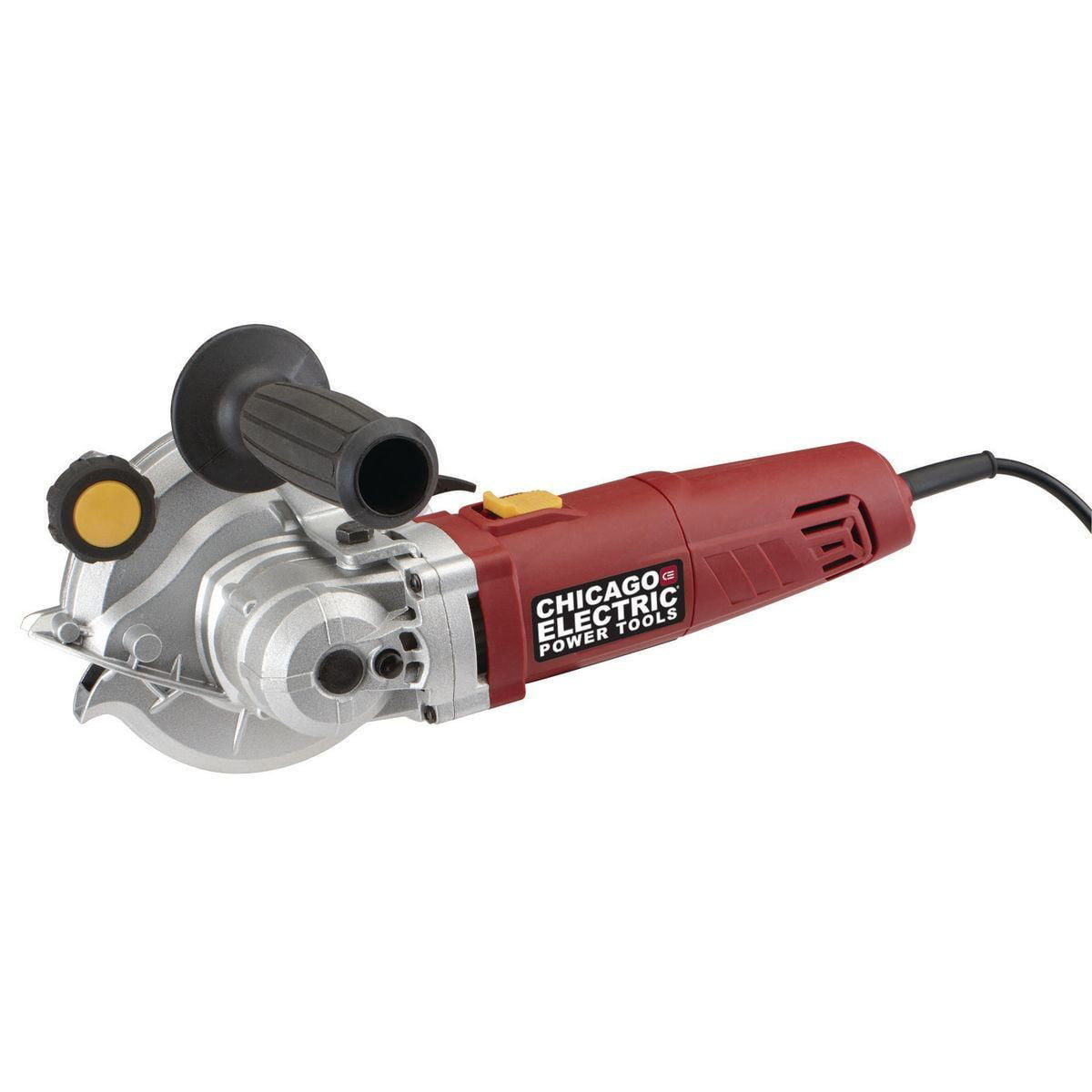The Art of Categorization: A Comprehensive Guide to Classifying Hand Tools
In the realm of hand tools, understanding their classification is not just a matter of semantics; it is a crucial aspect that aids in their proper usage, maintenance, and safety. This article delves into the intricate world of hand tools, exploring their classification based on various parameters such as function, design, and the industry they serve.
- Classification Based on Function:
Hand tools can be broadly classified into four categories based on their function: cutting tools, gripping tools, striking tools, and driving tools.
- Cutting Tools: These are designed to cut or shave material. Examples include chisels, knives, saws, and scissors.
- Gripping Tools: These are used to hold or clamp objects firmly. Pliers, wrenches, and clamps fall under this category.
- Striking Tools: These are used to deliver an impact to an object. Hammers and mallets are common examples.
- Driving Tools: These are used to turn or drive objects. Screwdrivers and socket wrenches are typical driving tools.
- Classification Based on Design:
Hand tools can also be classified based on their design into two categories: hand-held tools and bench tools.
- Hand-held Tools: These are designed to be manually operated by hand without the need for a workbench. Examples include screwdrivers, hammers, and pliers.
- Bench Tools: These are designed to be used on a workbench, often requiring both hands. Examples include bench grinders and bench vises.
- Classification Based on Industry:
Hand tools are also classified based on the industry they serve. For instance, woodworking tools, metalworking tools, automotive tools, and gardening tools.
- Woodworking Tools: These are used for cutting, shaping, and finishing wood. Examples include chisels, planes, and saws.
- Metalworking Tools: These are used for cutting, bending, and shaping metal. Examples include files, hacksaws, and tin snips.
- Automotive Tools: These are used for repairing and maintaining vehicles. Examples include wrenches, ratchets, and socket sets.
- Gardening Tools: These are used for cultivating plants. Examples include trowels, pruners, and shears.
Understanding the classification of hand tools is essential for their correct and safe usage. It also aids in their proper maintenance, ensuring their longevity and efficiency. Whether you are a professional tradesperson, a DIY enthusiast, or a homeowner, a comprehensive knowledge of hand tools and their classification can greatly enhance your efficiency and safety.
In conclusion, the classification of hand tools is a multifaceted process, with each category providing unique insights into their function, design, and industry-specific usage. By understanding these classifications, users can ensure they are using the right tool for the job, thereby improving their productivity, safety, and the longevity of their tools.

Post Comment